Blog
4 reasons why people in Africa suffer from a lack of clean water
Have you ever wondered why the people of Africa have such a great thirst?

It may surprise you, but there are quite a significant amount of drinking water in Africa - up to 9% of the world's sources. Its availability, however, determines several crucial and not very pleasant reasons in individual countries.
Reason 1: Climate
Did you know that up to 300 million people live in areas without access to clean water? This applies especially to countries lying in Sub-Saharan Africa, such as Somalia, Ethiopia, Madagascar, the Democratic Republic of Congo, Mozambique, Niger, Mali, Chad, Sierra Leone, Mauritania and several others.
One of the biggest causes of water scarcity is their sub-Saharan climate, identified primarily by desert, semi-forested areas and subtropics.

One of the biggest causes of water scarcity is their sub-Saharan climate, identified primarily by desert, semi-forested areas and subtropics.
While residents in tropical lands don´t dramatically lack drinking water, the situation of the inhabitants of the desert and semi-desert areas are totally different. The only significant river that brings a lot of moisture to these dry areas is the Nile.
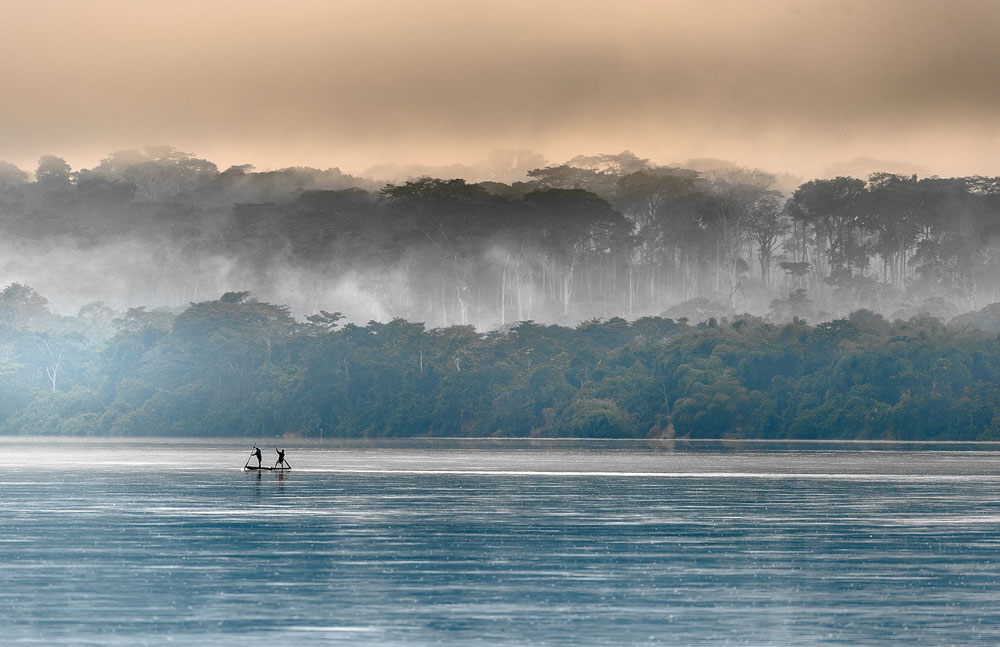
Conversely, only 10% of the total African population lives in the valley of the second longest african river - Congo. It is the most significant source of water on the continent, comprising up to 30% of its reserves.
Global warming
In addition, deserted and semi-deserted parts of the continent are also strongly affected by global warming. It causes the air temperature to rise and also affects the density and yield of precipitation.
In some areas, the incidence of rainfall has decreased by up to 25% due to global warming.
Reason 2: The place where people live
Access to clean and drinkable water also varies depending on where people come from. If they live in a bigger city, aquiring drinking and healthy water is easier. Significantly this is supported by functioning urban infrastructure and sewerage system.
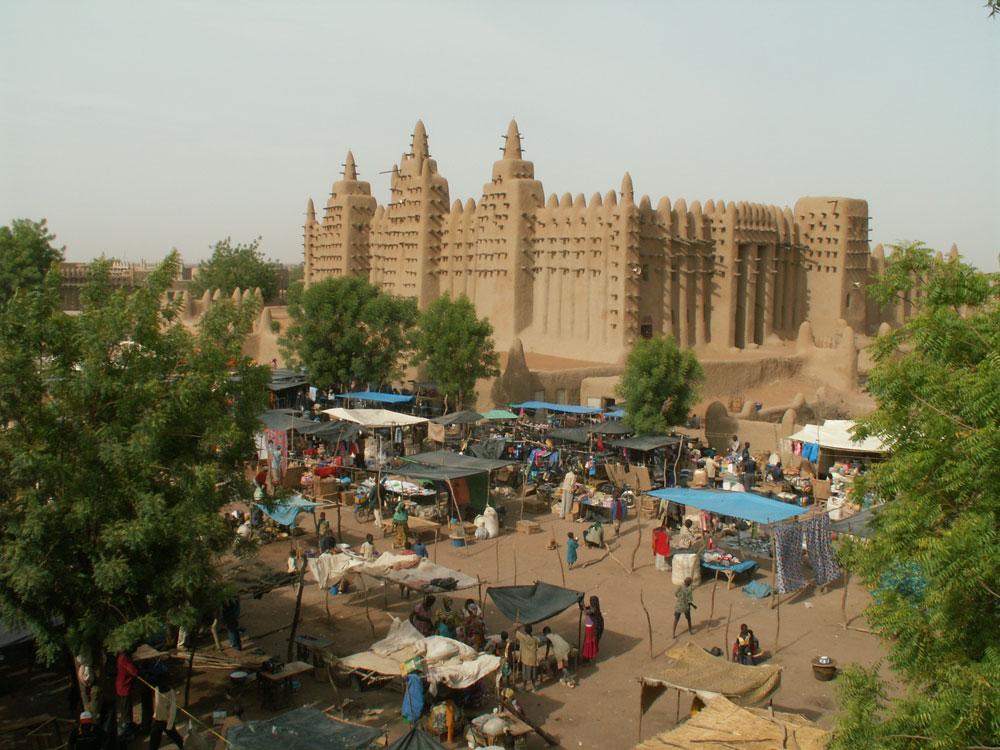
The situation among villagers is completely different. To have water, they have to travel a few miles a day to a distant water supply.
The situation among villagers is completely different. To have water, they have to travel a few miles a day to a distant water supply.
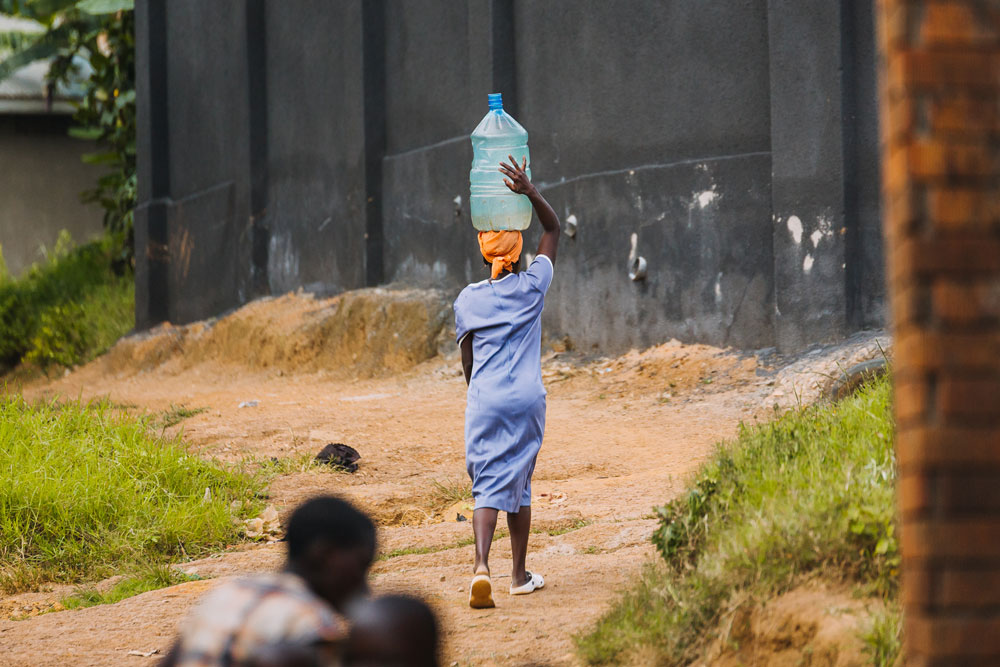
Some water canisters are of the same weight as a small hippo.
The water in the family is mainly worn by young girls and women. To a large extent, the role of water carriers leaves no room for education, which leads to a decrease in their ability to work better and lead to quality life in adulthood.
It can also happen that water from the power supply is contaminated. The risk of infection to a member of the family is therefore very high.
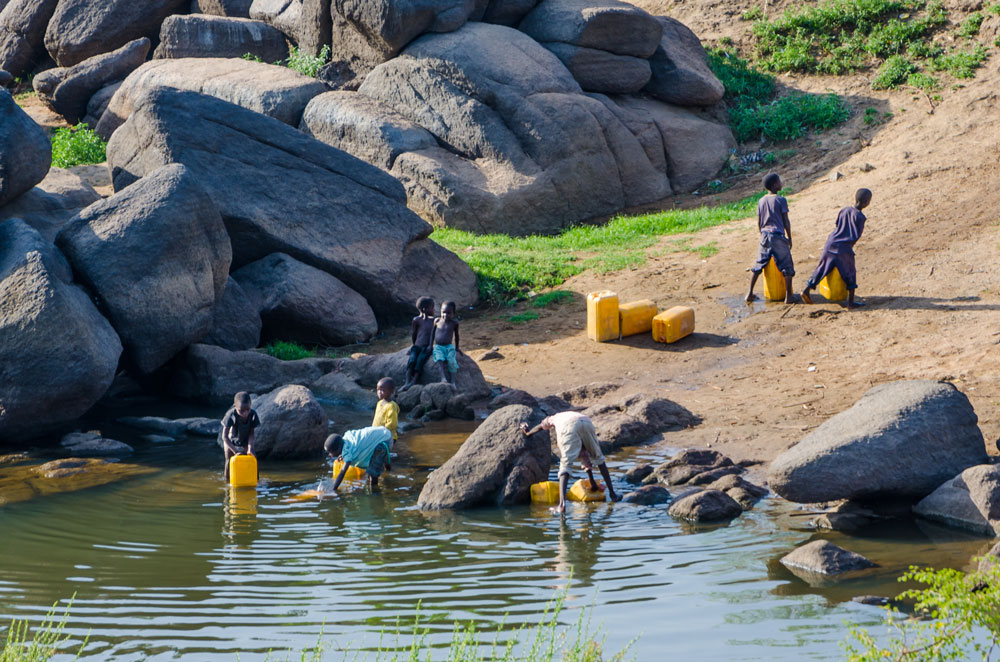
It can also happen that water from the power supply is contaminated. The risk of infection to a member of the family is therefore very high.
However, people do not have the choice, so they will take the water first. But it does not have to kill all germs, so according to statistics, one in five children is just dying of water poisoning from a contaminated source.
Reason 3: Agriculture
Agriculture on the continent employs up to 60% of the working population. However, agricultural crop productivity is low, which raises overall food inefficiency.
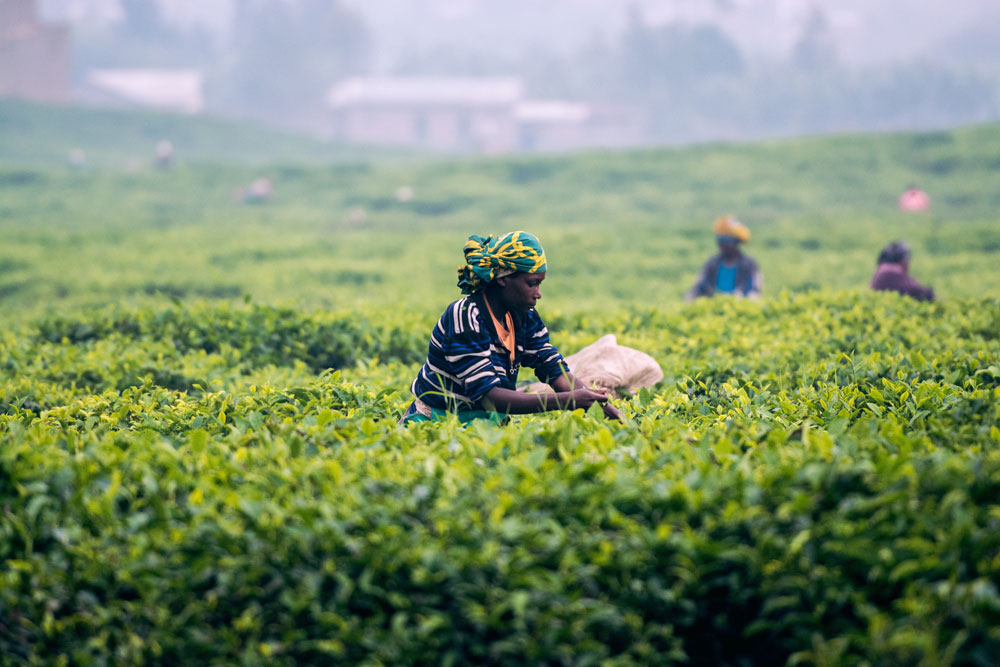
It is expected that by 2050 the population in Sub-Saharan Africa will increase twice. Countries must therefore take measures to help them improve the cultivation system, especially with regard to irrigation of growing crops.
Up to 95% of Sub-Saharan farmers rely on green water. It irrigates mainly rice or sugar beet and feeds her cattle.
Green water is caught in the soil by seasonal rainfall. Due to increasing global warming and its impact, however, the possibility of using this water will gradually decrease.
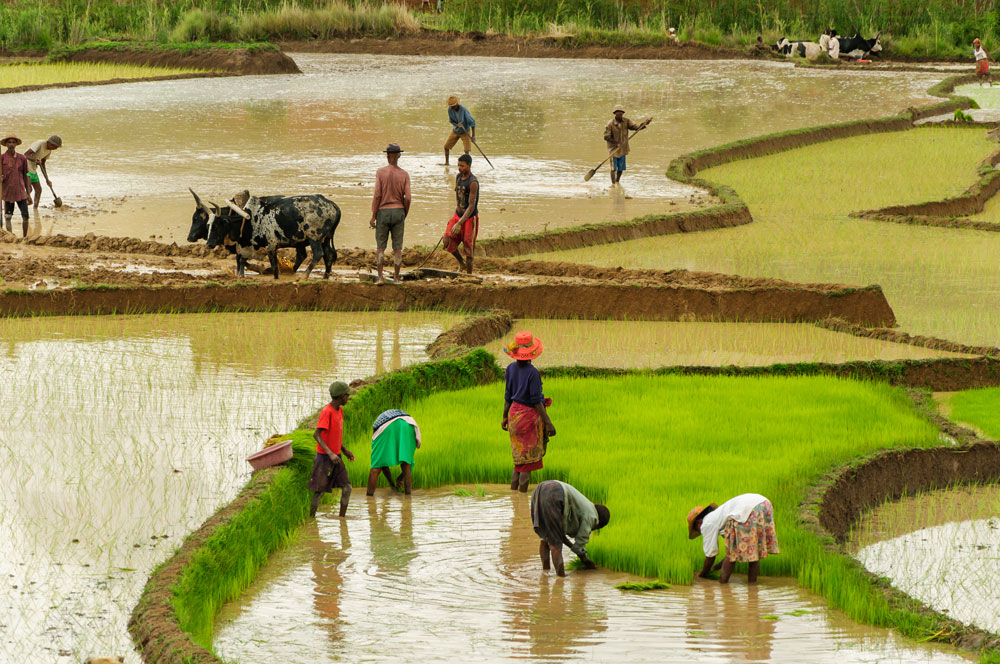
Therefore, gradual learning is important in this case. Farmers and organizations should learn to use water from stock and gradually change the system of traditional irrigation.
At present, there are several pilot projects in Africa that help and teach farmers how to get the best possible harvest using the smallest water reserves.
However, only 5% of global climate-related funding goes to Africa, although it is directly exposed to up to 65% of the African population.
Reason 4: Government and Conflict
Access to clean and drinkable water is particularly difficult in areas with persistent intergovernmental and national conflicts. This may also come from a power struggle for a water resource that usually runs across several countries at once.
This tension is generally increased under the weak leadership of the "push" government, the impact of corruption, the mismanagement of natural resources, bad investment, and insufficient research into the environment and urban infrastructure.
Infrastructure and water scarcity in Africa
One of the most important conditions for access to the often single source of drinking water is the construction of transport infrastructure.
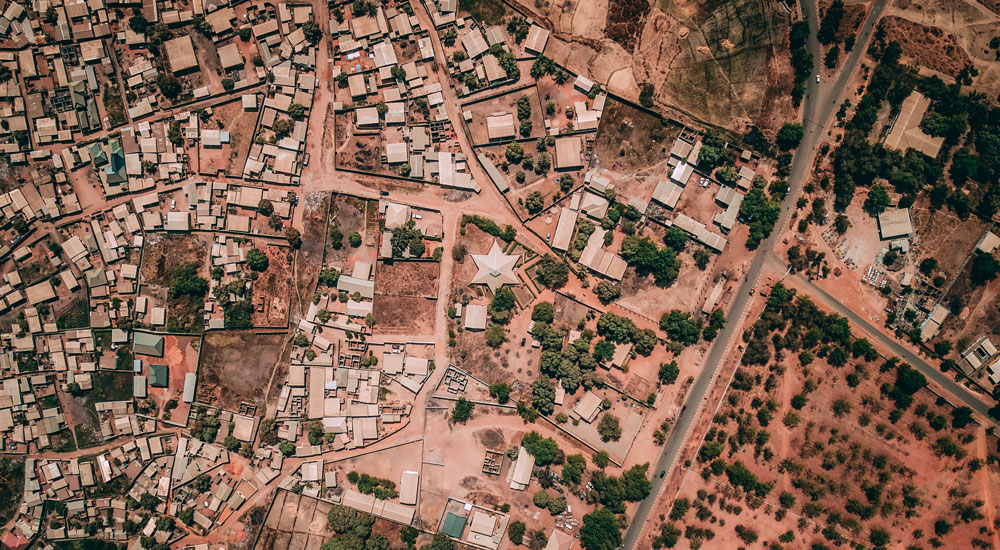
The infrastructure is not only about road traffic but also about the construction of sewers and pipelines that would bring water directly to human dwellings.
At the same time, it would prevent the rapid spread of diseases and epidemics and increase awareness of hygiene.
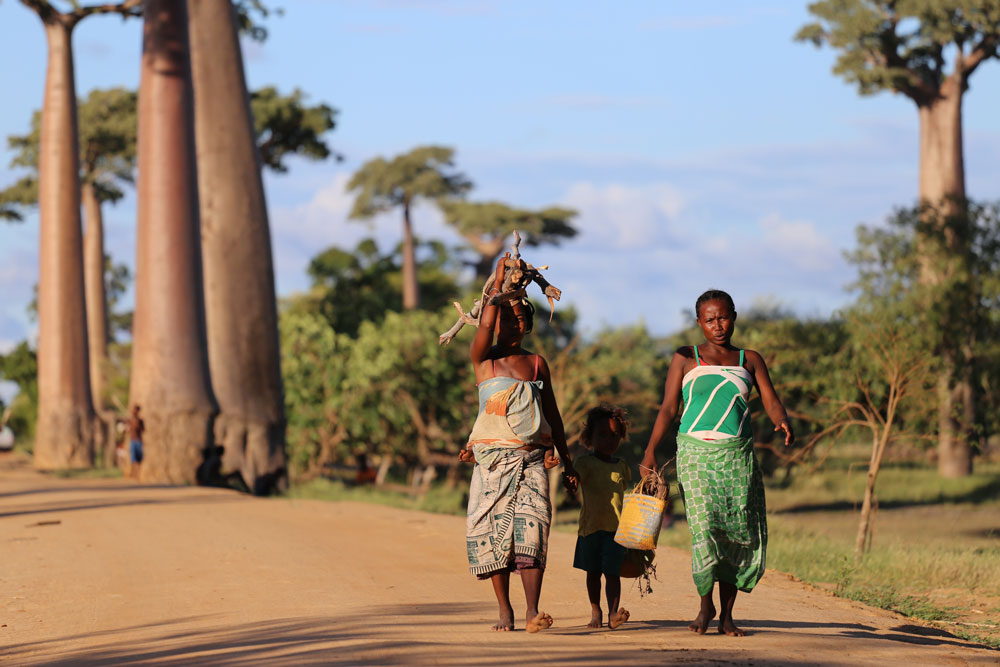
With a shortage of water in Africa, several hundred million people are struck daily. However, this problem will not be solved from one day to the next. But what can we do now?
Years of conflicts, lack of finances, lack of support from the outside and hostile climate can be defeated, in particular, by supporting of the projects and collections that are trying to solve this enormous problem in the sub-Saharan area.
More articles
USA Distillery
After a few months, we finished work with a small scale model of high-load anaerobic IC reactor. In the assignment, the customer asked us to...
